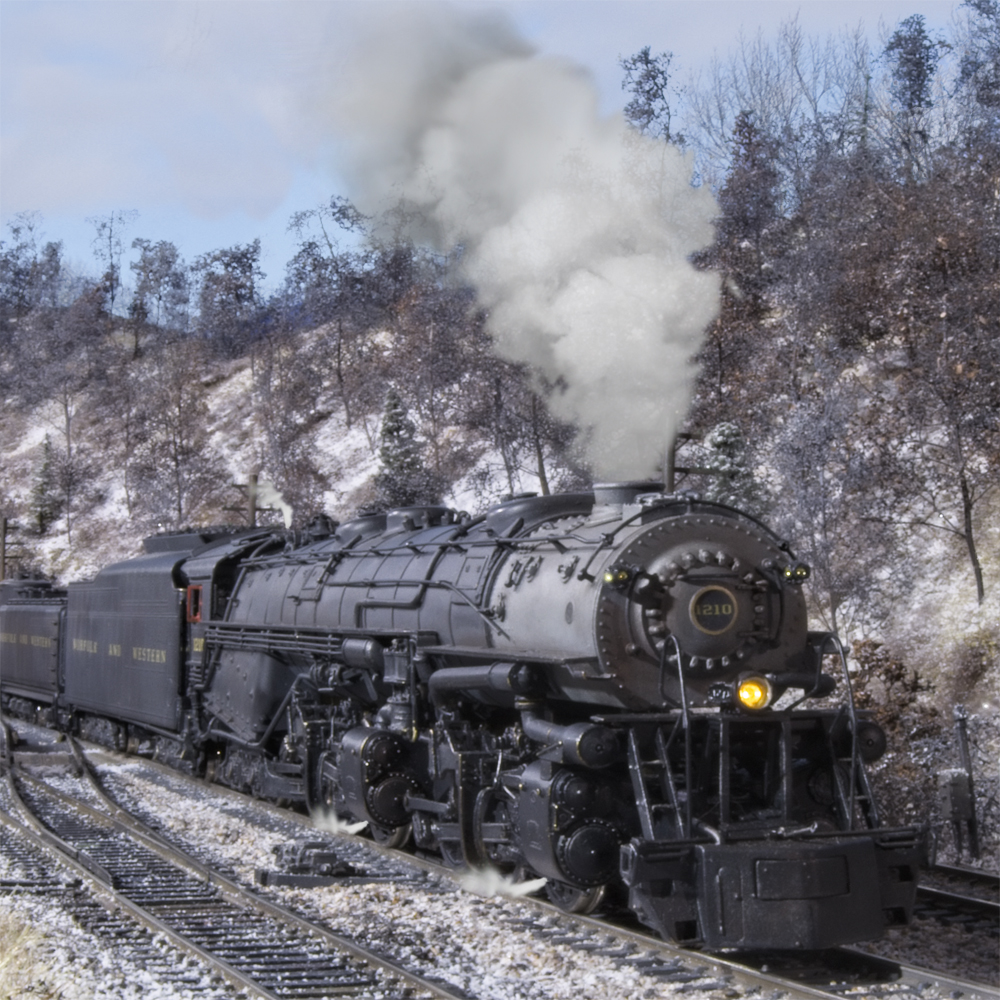
Back in 2010, I was part of a group of contributors to Scenery by the Seasons by Kalmbach Publishing Co. The 98-page book featured stories on modeling seasons on your layout. Among the topics covered were spring backdrops; lily pads, cattails, and pond scum; easy autumn trees; and ice and snow. Though the title is […]
Read More…
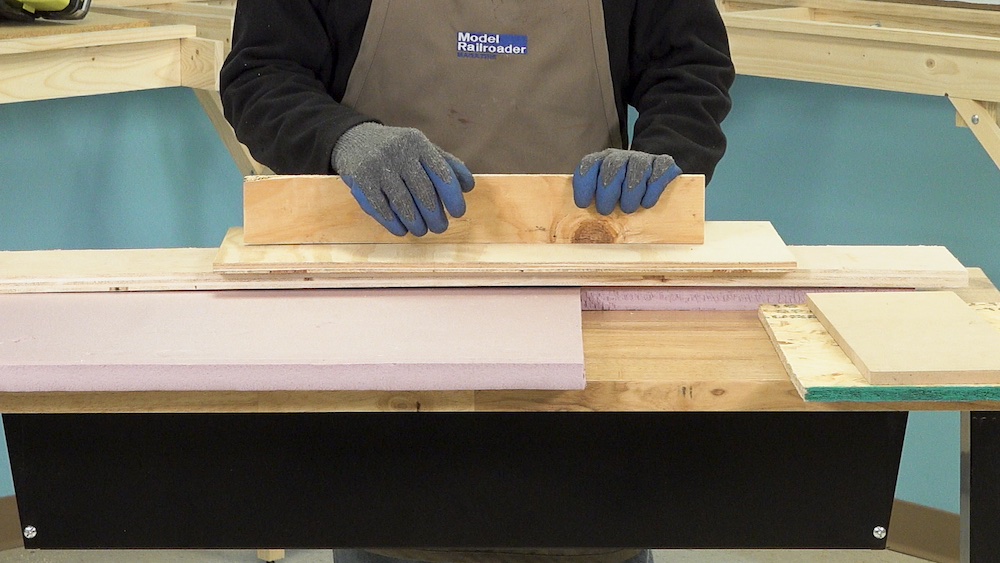
“Which type of subroadbed is right for me?” It’s a question that is especially asked by beginners. The subroadbed is the material that you place under your roadbed, track, and often scenery. It serves as the foundation for your model railroad, so choosing the correct material is very important. Before evaluating good subroadbed options, let’s […]
Read More…
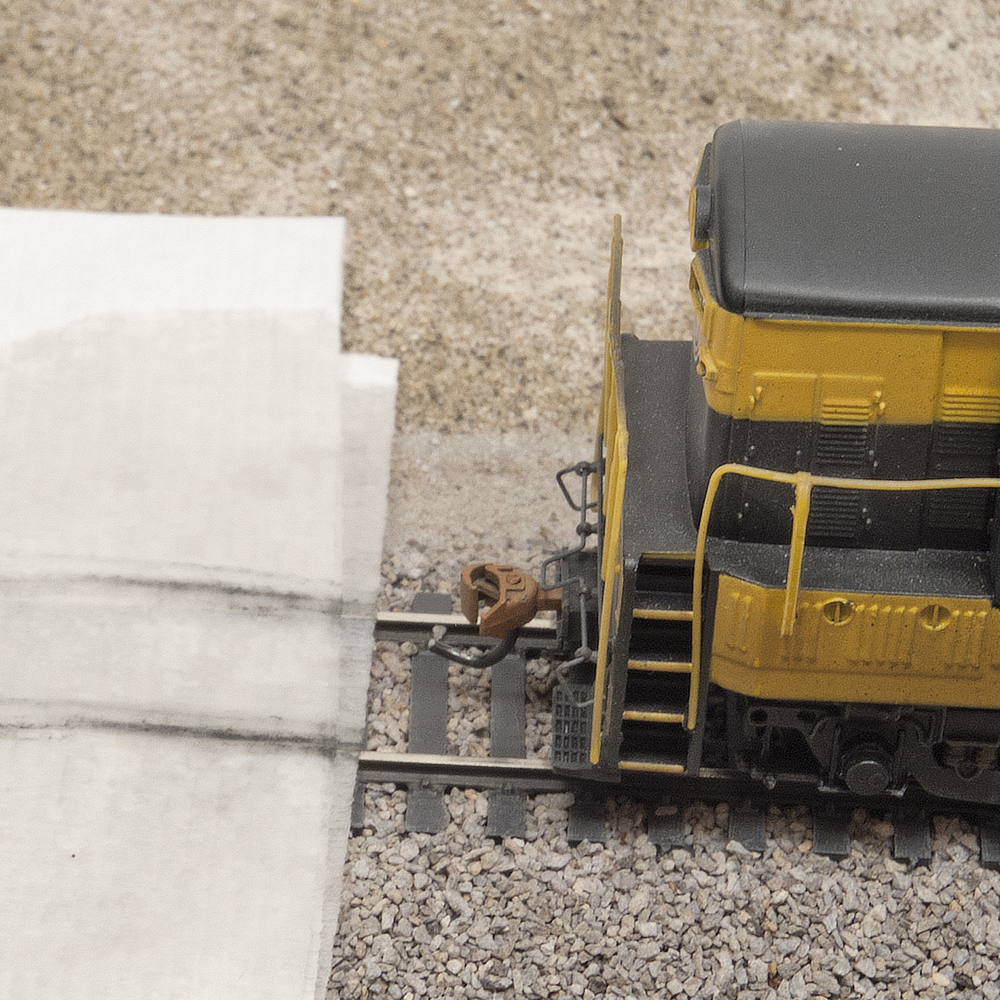
Q: I recently started working again on my HO scale layout, which features a Digitrax Super Chief Starter Set and Bachmann E-Z Track. I cleaned all of the track and have been testing locomotives. One of the units, an Athearn Genesis HO scale Electro-Motive Division GP38 that has not been used in some time, will […]
Read More…
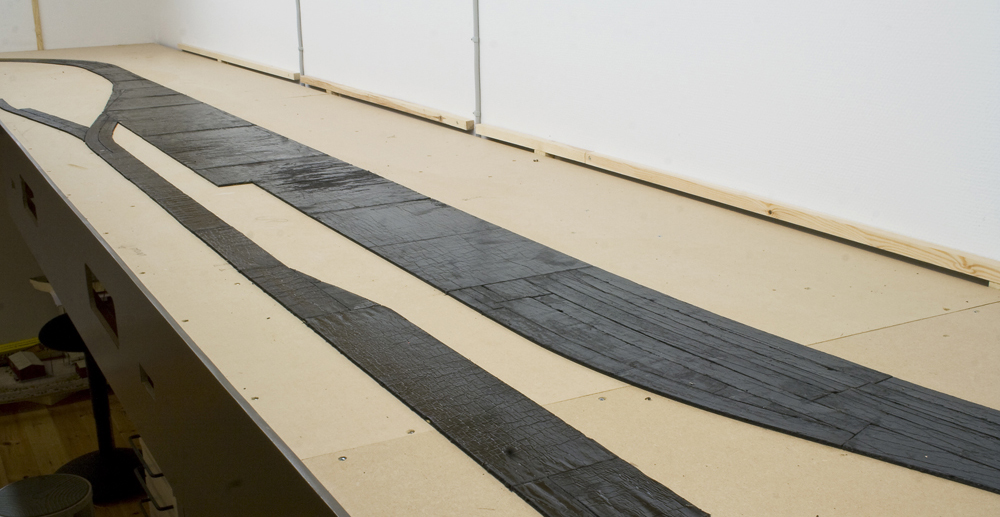
Excessive track noise was one of the main reasons I decided to rebuild my HO scale Daneville & Donner River layout. I hadn’t paid much attention to the noise level until I started using locomotives with sound decoders. That’s when I recognized how the wheel noise from rolling freight cars nearly overpowered the sound of […]
Read More…

Q: I have a pair of Northern Pacific HO scale Proto 1000 Alco RS11 locomotives that were stored new many years ago. I got them out the other day, and as I expected, the bearings on both sides of the worm gears were frozen. I oiled them and got them spinning again, then lubed everything. […]
Read More…
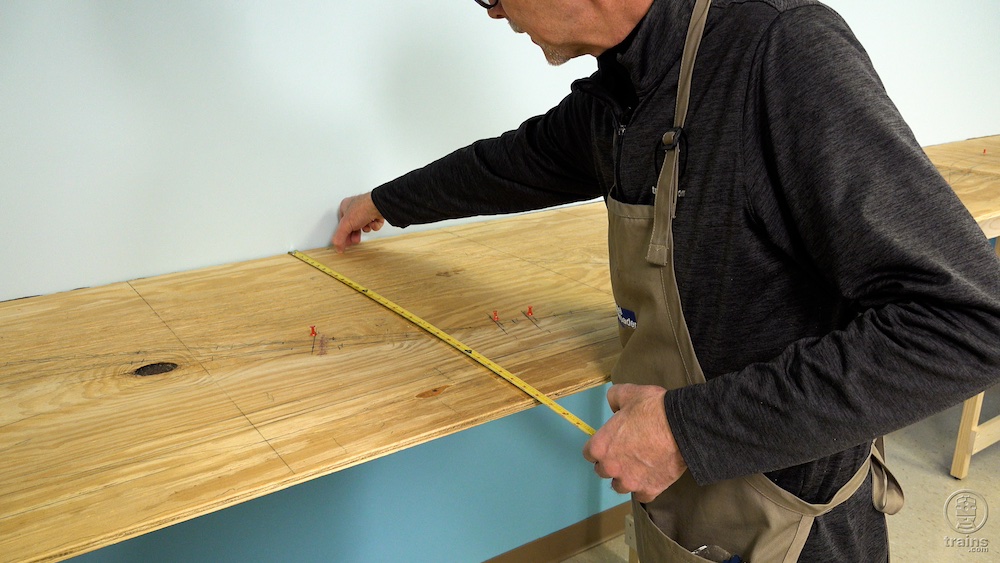
Reach, in model railroading terminology, is how far you can comfortably stick your arm into a scene without damaging the layout. Planning for reach is essential when designing a layout, as eventually you will need to dust, fix, change, or maintain one or more scenic features once it is built. The maximum depth the average […]
Read More…
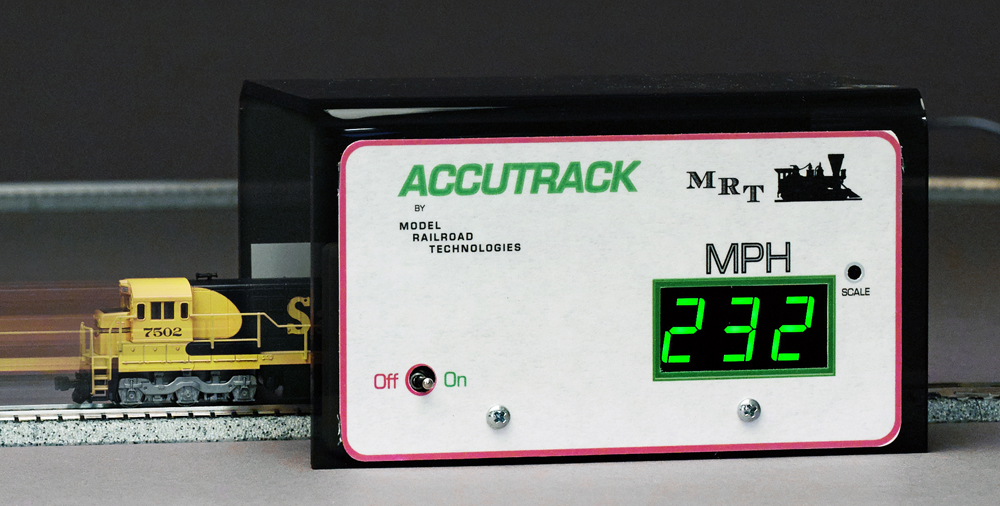
Q: In Model Railroader product reviews, locomotive speed is often measured and compared with the prototype. I was wondering how this is done so I can run my trains at prototypical speeds. — George Smitton A: When we test locomotives at the workbench, we use the Model Railroad Technologies Accutrak II train speedometer for measuring […]
Read More…
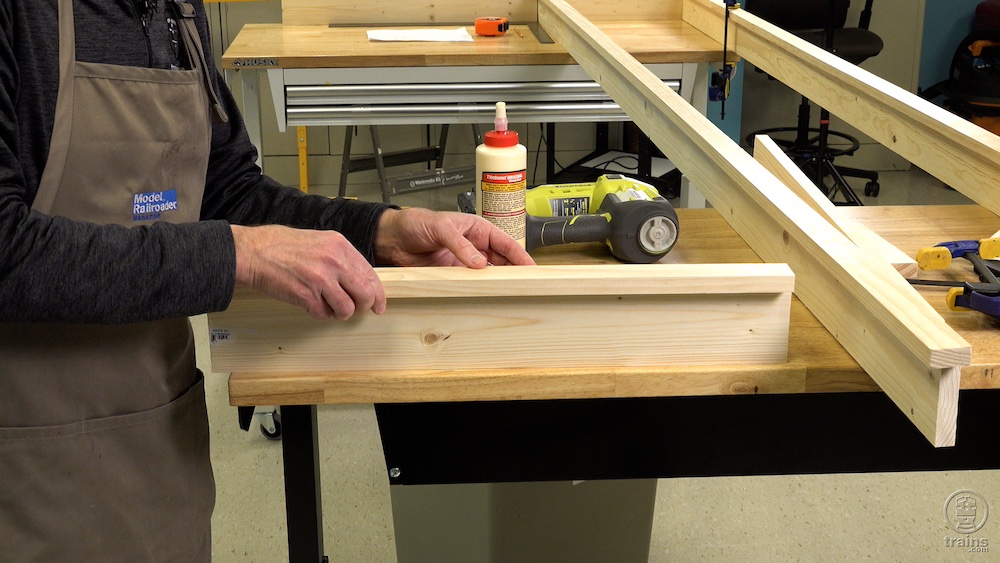
According to Model Railroader Editor Eric White, former Editor Linn H. Westcott’s L-girder benchwork has been a hallmark technique in the hobby that’s been passed down to today’s modelers. It checks off many boxes, especially being a straightforward process in its assembly. How straightforward is it? Let’s find out as we learn how to build […]
Read More…
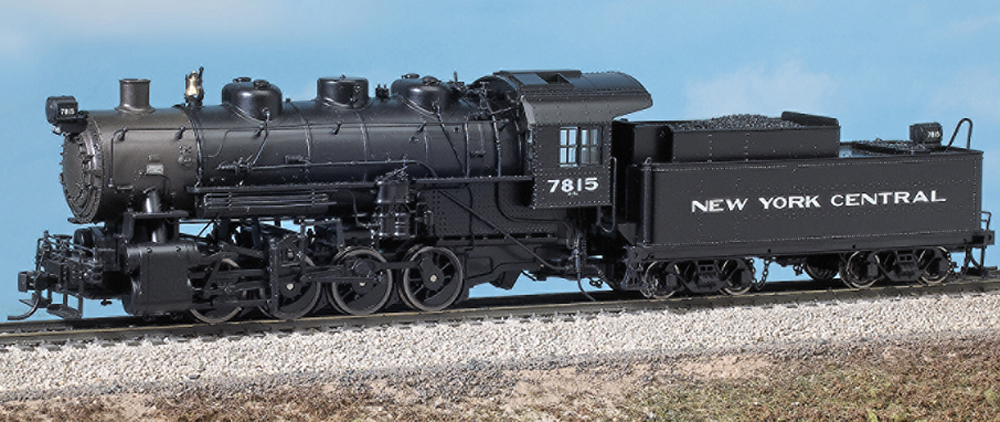
Q: The historic cars for the Milwaukee, Racine & Troy featured in the January 2025 episode of Ask Trains were very interesting (I grew up in Spokane, Portland & Seattle territory and am modeling some of that). What sort of steam and early diesel power would have been used to go with the cars of […]
Read More…
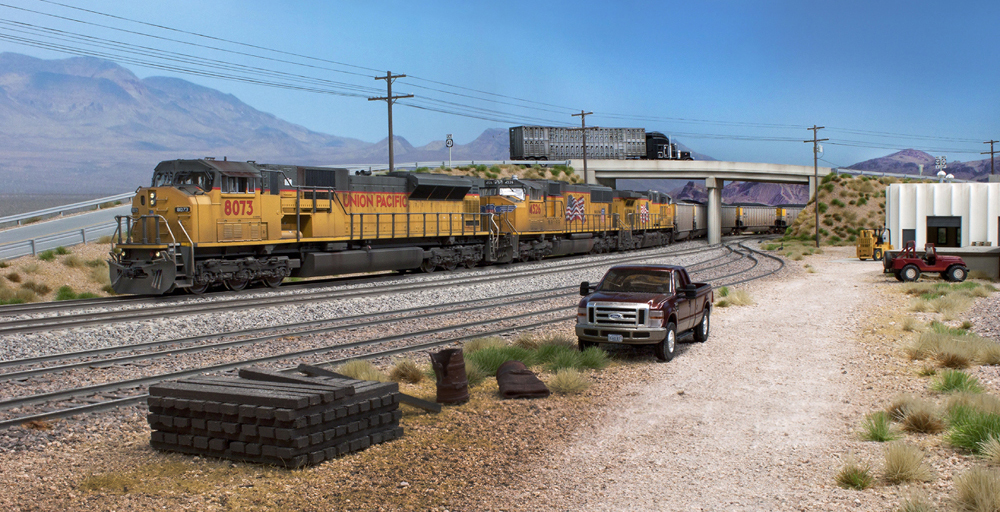
Today, model railroaders are blessed with a wide variety of commercial track in most popular scales. It wasn’t all that long ago that off-the-shelf track was largely one-size-fits all, with oversized rail, bulky ties, and little detail. Now, mass-produced track is available in different rail heights (called codes) with simulated wood or concrete ties, prototypical […]
Read More…
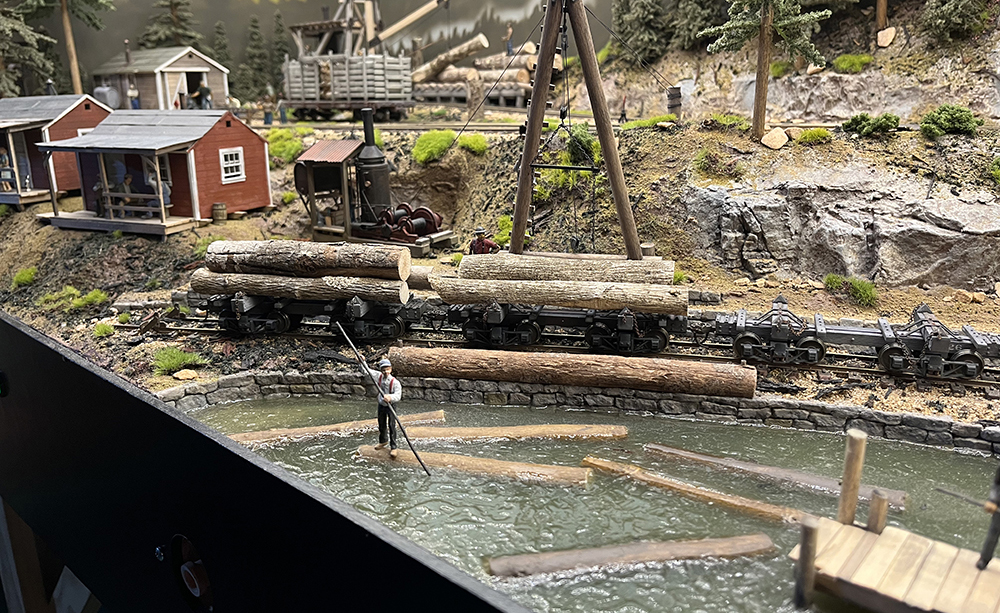
By the time they’ve built the benchwork and installed and wired that track, the typical new layout builder starts asking a very important question: “What comes next?” The answer, of course, is scenery. Trains, track, or a command control system can be used more or less straight from the box. Even benchwork, which starts its […]
Read More…
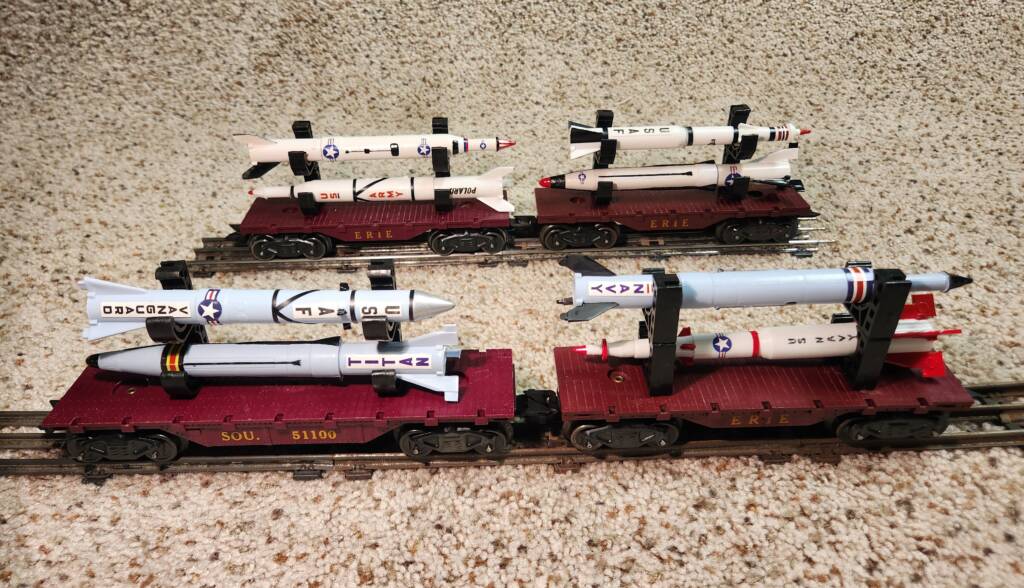
Marx offered a Missile Launcher & Carrier car that was a neat item. Unfortunately, it was only available in 1957, 1961 and 1962, making it both rare and hard to find. If you want a similar-looking car, I have a less-expensive solution that’s an easy weekend project. A couple years ago, a friend brought over […]
Read More…












